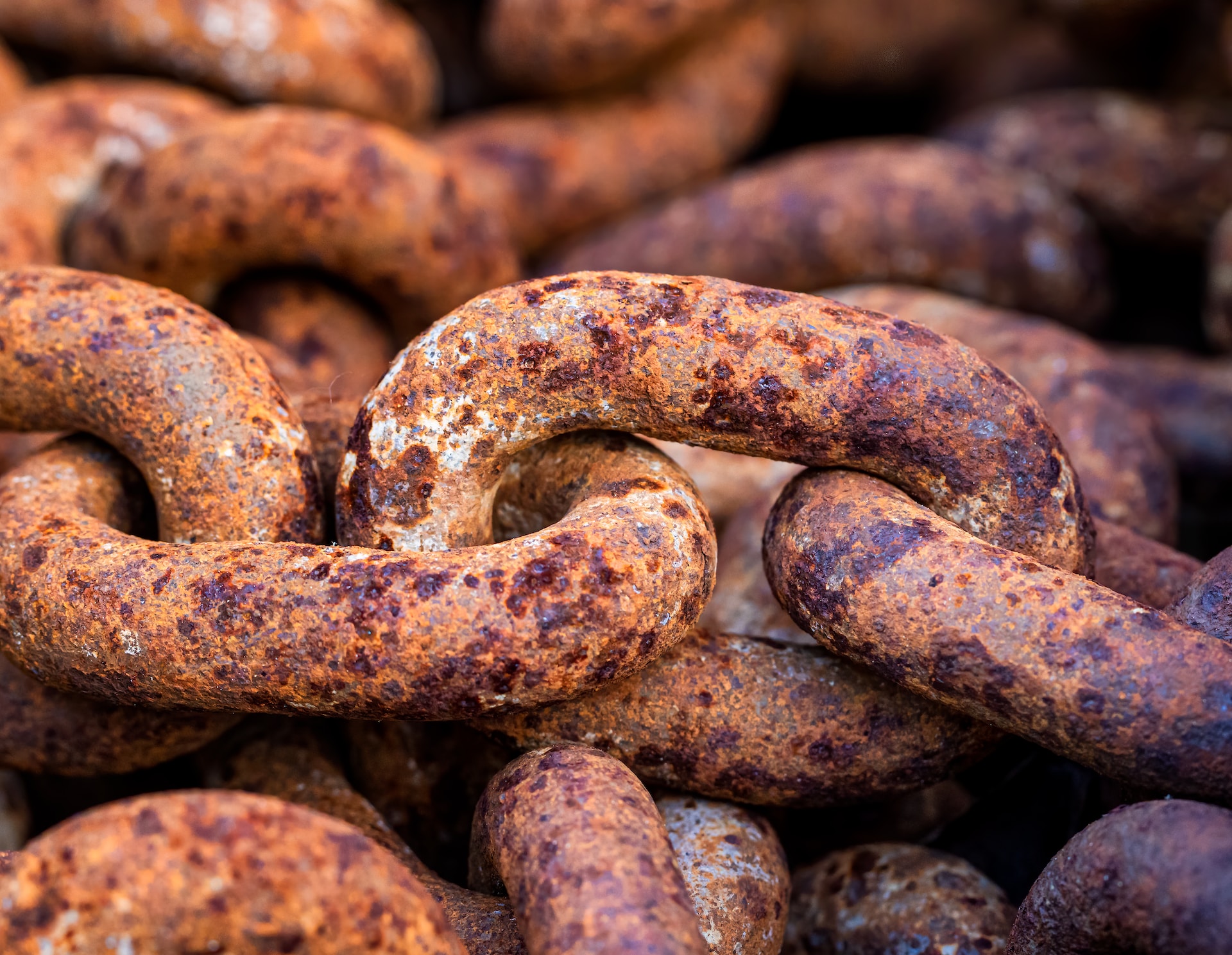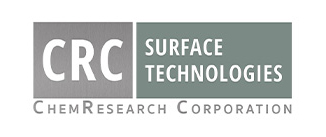
21 Jun 5 Common Electroplating Problems and Their Solutions
Electroplating provides a wide variety of benefits, such as improved corrosion resistance and durability. However, plating requires expert-level care and precision in order to produce perfect results.
Failing to properly prepare the substrate or perform the plating process can lead to various defects that affect the quality and integrity of the plated surface. Defects don’t just make plated parts wear out faster, they also put the entire machine in jeopardy.
Let’s take a look at some of the most common electroplating problems, and the solutions for preventing them.
Five Common Electroplating Problems and How to Solve Them
1: Poor Adhesion
One of the most common electroplating defects is when the plated layer fails to adhere properly to the substrate. This can result in blistering, peeling, or flaking. But in most cases, adhesion issues aren’t actually the fault of the layer of plating.
Poor adhesion results from poor preparation. Any debris or other contaminants left on the surface will compromise the plating layer. In order to ensure strong adhesion, the metal substrate must go through a thorough pre-treatment process that involves cleaning, degreasing, and activating the surface.
2: Uneven Thickness
Another common problem that can occur with electroplating is an uneven thickness. Increasing the electrical current to accelerate the plating process introduces the risk of uneven and incomplete bonding of the metal molecules.
The most common reason for uneven thickness is that the process was carried out too quickly. Managing a careful balance between increasing the rate of electroplating and maintaining high plate quality is crucial in producing consistent and uniform plating.
Another way to prevent an uneven coating is to correct sharp edges with grinding and deburring. If sharp edges aren’t polished before plating, the coating will accumulate around them as the electrical current passes through.
3: Pitting
Thicker coatings are vulnerable to pitting, which is when small holes form on the surface. Like most electroplating problems, pitting is often the result of poor preparation. Inadequate cleaning, harsh grinding, and flaws in the object can all lead to pitting.
4: Hydrogen Cracking
Hydrogen makes metal brittle, so if hydrogen is absorbed during the plating process, then the plated metal may form cracks. Exposure to hydrogen can happen easily, but including stress-relief baking as part of the pretreatment process will reduce the risk of hydrogen cracking.
5: Weakness
Plating makes metal surfaces significantly more durable. But if there is any trace of oxidation prior to plating, there will be areas of weak plating.
The process of oxidation starts as soon as a metal substrate is exposed to air or water. This can result in post-plate tarnishing or rust, which weakens and discolors the metal. Minimizing exposure to the elements is essential in preventing oxidation.
Professional Electroplating Services in Phoenix, Arizona
Electroplating is a complex process that requires practice and careful attention to detail, so it’s best to choose a professional. At CRC Surface Technologies, we implement a variety of pretreatment and testing methods to ensure successful results.
We are experienced in producing a wide range of electroplating services, including silver, chrome, nickel, and more. Give us a call at 602-253-4175 to learn more about our services, or email rfq@chemresearchco.com to request a quote.
Images used under creative commons license – commercial use (6/21/2023). Photo by Zdeněk Macháček on Unsplash

